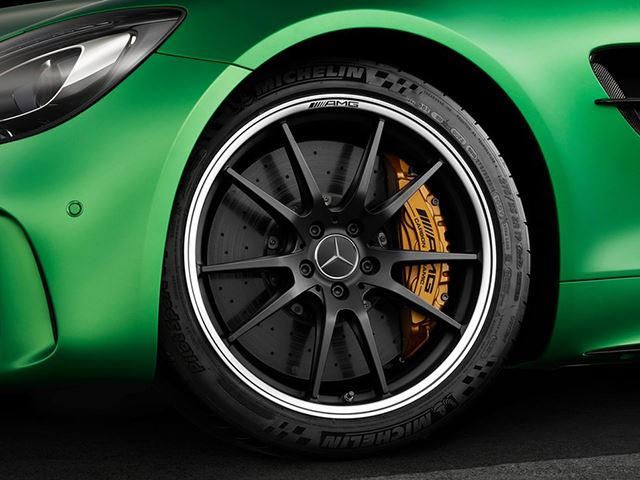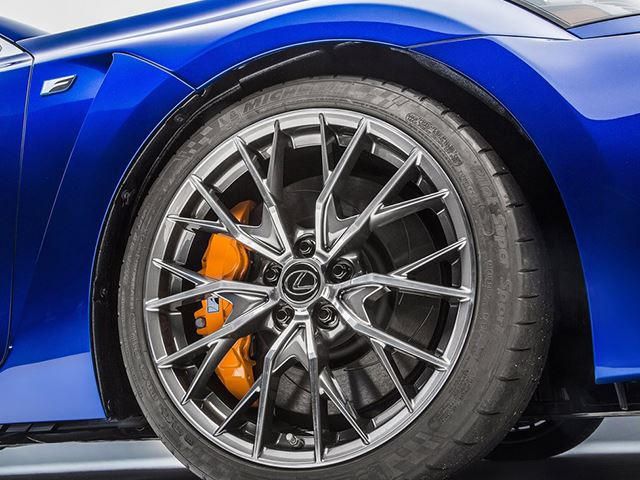
When it comes to brakes, most people know that discs are better than drums. After that things start to get a bit murky. For example: Can you say what advantages slotted rotors have over drilled rotors? Also, what are the advantages of a vented design? If you can answer those questions easily than the latest Engineering Explained video probably isn't for you. That's because it's all about the differences between vented, drilled and slotted rotors. As it turns out one of these brake designs is almost purely superficial.
That would of course be drilled brake rotors. Yes, they look super cool but they actually don't stand up to high-stress situations as well as slotted rotors.
On paper the idea sounds great: More heat can escape when a brake has little holes drilled into it than when it's just one solid mass. But we never stopped to think about all the downsides to such a design. Luckily we have Engineering Explained to take us to school. Next time you see a car with drilled rotors on the street-take the Mercedes-AMG GT R for example-you'll know that the brakes on it are (mostly) for show. Knowing this we wonder why manufacturers don't just switch to slotted rotors on high-performance cars. Then we remember that automakers have been putting form over function for years-see the massive wings some new cars are getting-and remember that looking cool is something people very willingly pay extra for.


